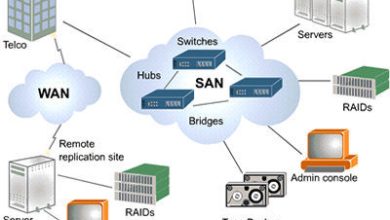
Are you a student who loves playing games? Or on the other hand, an educator searching for better approaches to draw in your understudies? Well, have you ever heard of gamification in education? It’s like taking the fun elements of games and using them in learning!
So, what exactly is gamification in education? Let’s break it down.
Imagine you’re playing your favourite video game. You’re on a quest, solving puzzles, and earning rewards along the way. Sounds exciting, right? Now, imagine if learning was just as thrilling!
That’s where gamification comes in. It’s about bringing elements of games into education to make learning more enjoyable and effective. Instead of traditional lectures and textbooks, gamification adds elements like challenges, competitions, and rewards to make learning feel like an adventure.
Here’s how it works:
Engagement:
Gamification grabs your attention and keeps you hooked. Just like in a game, you have goals to achieve and challenges to overcome. This makes learning more exciting and encourages you to stay focused.
Motivation:
Ever felt bored or unmotivated in class? Gamification can change that! By earning points, badges, or levelling up, you feel a sense of accomplishment. It’s like getting a high score in a game – you want to keep playing to see how far you can go!
Personalization:
Everyone learns at their own pace. With gamification, you can choose your path and progress at your speed. This personalized approach makes learning more enjoyable and helps you grasp concepts better.
Feedback:
In games, you get instant feedback on your actions. Gamification does the same in education. Whether it’s through quizzes, simulations, or interactive activities, you get immediate feedback on your progress, helping you learn from your mistakes and improve.
Collaboration:
Games often involve teamwork and cooperation. Similarly, gamification encourages collaboration among students. You can work together on quests, solve problems as a team, and learn from each other’s strengths.
Now, you might be wondering, how is gamification used in real classrooms?
Teachers can incorporate gamified elements into lessons in many ways:
Points and Badges: Students earn points for completing tasks or mastering skills. They can also earn badges for reaching milestones or demonstrating specific achievements.
Leaderboards: A leaderboard shows how students rank compared to their peers. It adds a competitive element and motivates students to strive for the top spot.
Quests and Challenges: Instead of traditional assignments, teachers can create quests or challenges for students to complete. These could be interactive exercises, simulations, or real-world projects.
Rewards and Prizes: Offering rewards like extra credit, certificates, or small prizes can incentivize students to actively participate in gamified activities.
Gamification isn’t about replacing traditional teaching methods. It’s about enhancing them and making learning more engaging and enjoyable for everyone involved.
Conclusion
In conclusion, gamification in education offers a dynamic approach to learning that captivates students’ attention, fuels their motivation, and fosters collaboration. By integrating game elements into educational experiences, teachers can create immersive learning environments that resonate with today’s digital-native generation.
As we embrace the potential of gamification in education, education software development companies play a crucial role in driving innovation and creating tailored solutions that empower educators and engage learners. With their expertise in technology and education, these companies can develop platforms and tools that seamlessly integrate gamified elements into curriculum delivery, making learning an exciting adventure for students of all ages.




